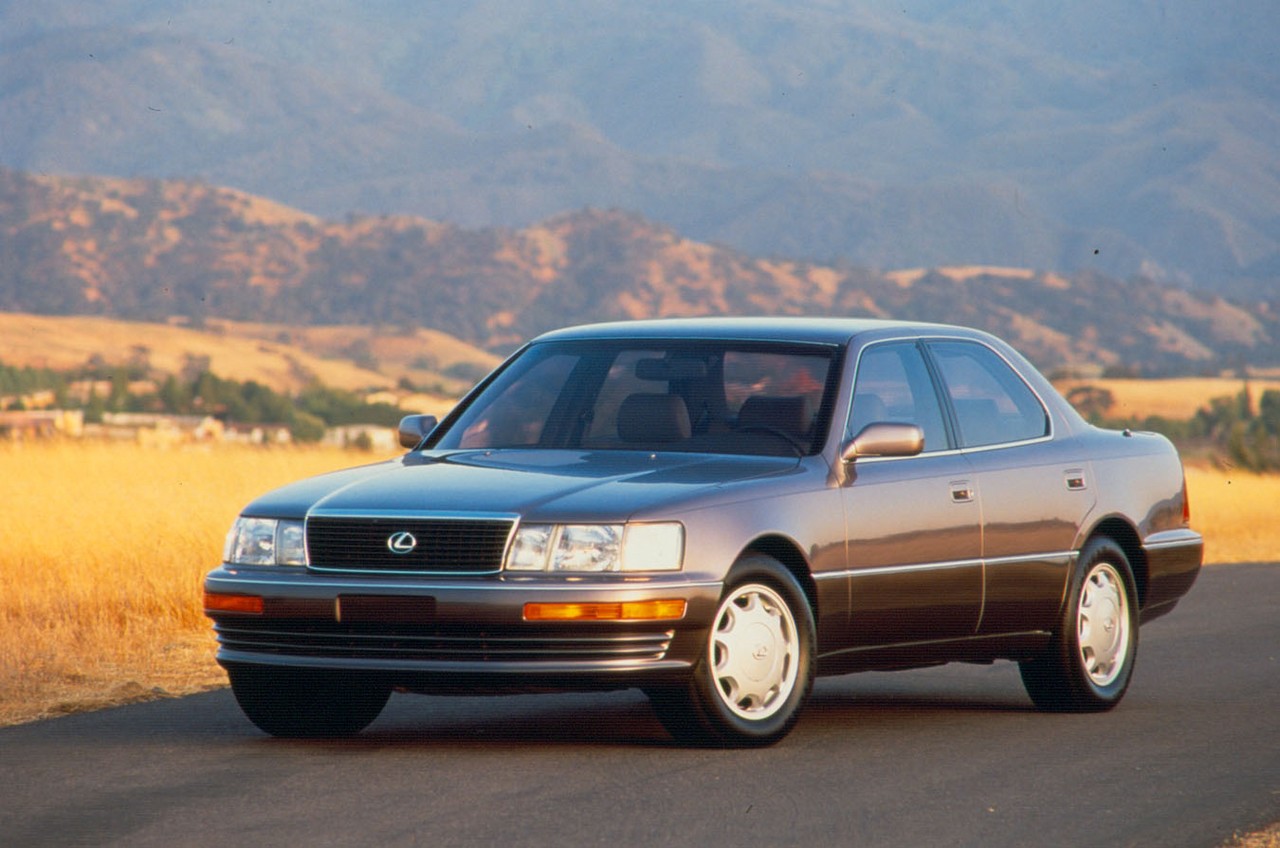Introduction First offered in Australia in 2000 in the Toyota MR2 Spyder, the 1ZZ-FE was a 1.8-litre four-cylinder petrol engine. Replacing the 1.6-litre 4A-FE and 1.8-litre 7A-FE cast iron engines, the 1ZZ-FE engine introduced all-alloy construction and, as a result, weighed 102 kg. Like the related 2ZZ-GE, the 1ZZ-FE was a member of Toyota’s ZZ […]
Category: Engines
2AD-FTV Toyota engine
Introduction Toyota’s 2AD-FTV was a 2.2-litre four-cylinder turbo-diesel engine. Key features of the 2AD-FTV engine included its aluminium alloy block and cylinder head, double overhead camshafts (chain and gear-driven) and four valves per cylinder. While the 2AD-FTV engine initially had solenoid injectors, piezo injectors were introduced in 2008. For Australia, the 2AD-FTV engine has only […]
2AR-FE Toyota engine
Introduction Toyota’s 2AR-FE was a 2.5-litre inline four-cylinder petrol engine that replaced the 2AZ-FE engine. For Australia, the 2AR-FE engine was first offered in the 2011 XV50 Camry and subsequently in the 2013 XA40 RAV4. Key features of the 2AR-FE included its aluminium alloy construction, offset crankshaft, double overhead camshafts with roller rocker arms, dual […]
1UZ-FE Lexus engine
Introduction The 1UZ-FE was a 4.0-litre V8 petrol engine that was developed for the Lexus XF10 LS 400. Key features of the 1UZ-FE engine included its aluminium alloy construction, double overhead camshafts per cylinder bank and four valves per cylinder. The 1UZ-FE engine underwent upgrades in late 1994 and 1997 – these changes are described […]
1VD-FTV Toyota engine
Introduction Toyota’s 1VD-FTV was a 4.5-litre 90-degree V8 diesel engine that had either a single turbocharger (for the 70-Series LandCruiser) or twin-turbochargers (for the 200-Series LandCruiser); this article will consider the twin-turbocharged version. Commencing production in 2007, the 1VD-FTV was the first V8 diesel engine produced by Toyota. Key features for the 1VD-FTV engine included […]
1UR-FE Toyota engine
Introduction Toyota’s 1UR-FE was a 4.6-litre V8 petrol engine with a 90-degree ‘V’ angle. A member of Toyota’s ‘UR’ engine family, the 1UR-FE replaced the 2UZ-FE engine but – unlike the closely related 1UR-FSE engine – did not have direct injection. Key features of the 1UR-FE engine included its aluminium alloy block and cylinder head, […]
1UR-FSE Lexus engine
Introduction The 1UR-FSE was a 4.6-litre V8 engine with a 90 degree ‘V’ angle. A member of the Toyota/Lexus ‘UR’ engine family, along with the 1UR-FE, 2UR-GSE, 2UR-FSE and 3UR-FE, key features of the 1UR-FSE included: Its aluminium alloy block and cylinder head; Double overhead camshafts (chain-driven); Dual VVT-i, including VVT-iE; Direct and indirect (port) […]
1NZ-FXE Toyota engine
Introduction Toyota’s 1NZ-FXE was a 1.5-litre four-cylinder petrol engine that was first introduced in the XW10 Prius. Toyota described the 1NZ-FXE engine as having an ‘Atkinson cycle’ since the compression stroke was shortened and the expansion stroke made longer. A member of Toyota’s ‘NZ’ engine family, the 1NZ-FXE was closely related to the Otto cycle […]
1NZ-FE Toyota engine
Introduction Toyota’s 1NZ-FE was a 1.5-litre four-cylinder petrol engine that was first introduced in theXP10 Echo. A member of Toyota’s ‘NZ’ engine family, the 1NZ-FE was related to the Atkinson-cycle 1NZ-FXE that was introduced in the XW10 Prius, but differed in that had: A conventional Otto cycle; A compression ratio of 10.5:1; and, A 6400 […]
Subaru EE20 Diesel Engine
Subaru’s EE20 engine was a 2.0-litre horizontally-opposed (or ‘boxer’) four-cylinder turbo-diesel engine. For Australia, the EE20 diesel engine was first offered in the Subaru BR Outback in 2009 and subsequently powered the Subaru SH Forester, SJ Forester and BS Outback. The EE20 diesel engine underwent substantial changes in 2014 to comply with Euro 6 emissions […]






